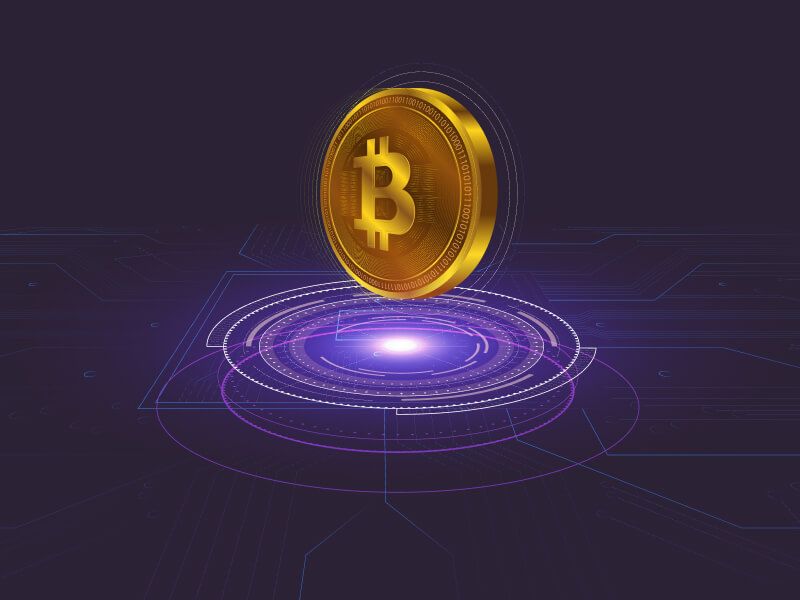Most traders don't really have time to decide what price they want to buy or sell a crypto at. Every second matters when you are trading, so they don't want to spend time pondering which price they want to buy or sell, especially if it is a highly liquid market. So the use of Market Orders has become popular among traders and these orders get filled almost immediately at the latest posted price or better. Market Orders are the equivalent of an impulse purchase. You see some new game your friend can’t stop talking about, and you feel a strong desire to own it right now.
Market Orders are like the Big Mac of trading. They’re convenient, and usually pretty tasty — but not very nutritious in the long run. Market Orders (by virtue of being market takers) tend to get filled at less favorable prices, especially in illiquid markets, causing traders to take (and pay) sometimes 2-3% more than they need to.
Market orders are for very-time sensitive traders and those who want to build or rebalance a portfolio quickly. They exist off the best bid and ask, so they're less attractive than limit orders; however, they do fill instantly. The main drawback to market orders is slippage, which is the phenomenon that occurs when a trader's order gets filled at a different price than they anticipated.
The best prices appear when an asset is being heavily traded. Unlike Market Orders, Limit Orders allow you to buy and sell at a preferred price. And there are two advantages: 1) Reliability, and 2) Speed. Reliability means you’re more likely to get a good deal on your trade. Speed means Limit Orders execute instantly and automatically, saving you time and effort.

All in all, if you're an active trader that doesn't like being bothered by the details of limit orders, Market Orders may be a great choice for you. There are advantages to using Market Orders in extremely illiquid and thin markets (such as low-volume coins), but most traders should stick to Limit Orders which allow them to pick their prices without eating up extra fees. And remember, just because something is easy or convenient does not make it the best or most effective option! Think about how you want to trade, and who your execution needs are for the best effect.
In summary, be aware that nearly every cryptocurrency is highly volatile. If you’re interested in increasing your chances of making gains or surviving potential losses, you should use Limit Orders rather than Market Orders. If you’re an experienced trader and can manage the risks associated with the crypto market, your dollars may be better off if you use Market Orders.










